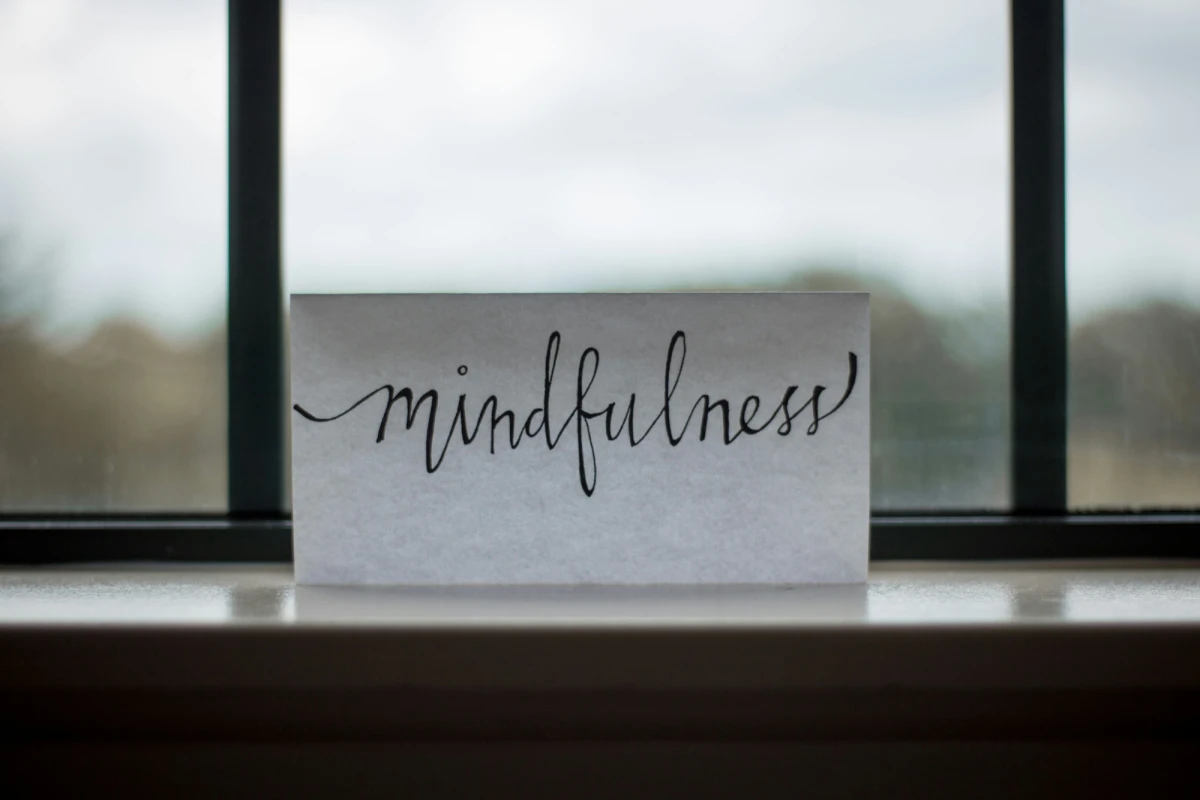
One of the most accessible and effective tools for managing stress is intentional breathing. Research shows that breath-focused practices influence not only our emotional state, but also physiological systems — from heart rhythm to nervous-system activity and blood pressure (PubMed).
How Breathing Modulates the Stress Response
When the body perceives stress, the sympathetic nervous system triggers the classic “fight or flight” mode: heart rate increases, breathing becomes shallow and rapid, muscles tighten. But by slowing and deepening our inhalations and exhalations, we engage the parasympathetic system, the body’s built-in “rest and digest” mode. This shift underlies many traditional breathing practices found in yoga, meditation and mindfulness-based therapies.
Breathing Routines Widely Used for Stress Relief
1. Diaphragmatic or “Belly” Breathing
This routine engages the diaphragm and improves oxygen flow. Studies demonstrate that regular practice lowers cortisol levels and subdues heart rate elevations (Harvard Health).
| Stage | What to do | Time |
|---|---|---|
| 1 | Inhale gently through the nose, letting your abdomen rise | 4 seconds |
| 2 | Pause briefly with the breath held | 1-2 seconds |
| 3 | Exhale slowly through the mouth | 6 seconds |
It’s easy to fit this into your day: try it a few times, particularly before presentations or when you sense anxiety creeping in.
2. The “4-7-8” Sequence
Created by Dr Andrew Weil, this method is designed for rapid mental calming. The cycle is simple: inhale for 4 seconds, hold for 7 seconds, exhale for 8 seconds. This pattern helps reduce heart rate and ease sympathetic over-drive (Mayo Clinic).
3. Box (Square) Breathing
Popular with athletes and even military personnel, this technique brings structure to breathing: inhale, hold, exhale, hold — each for equal time (commonly 4 seconds). Research indicates that it supports anxiety reduction and sharper focus (WebMD).
Choosing the Right Technique for You
Your choice depends on when you practise. For immediate stress relief, shorter cycles like “4-7-8” work effectively. For persistent tension or sleep issues, deeper methods such as diaphragmatic breathing can be more helpful. The key ingredient is regular practice — even a few minutes daily matter more than long sessions infrequently.
What the Science Reveals: Physiological Effects
Controlled breathing has been shown to enhance heart rate variability (HRV) — an indicator of healthy autonomic nervous system balance. Improved HRV correlates with emotional resilience and better cardiovascular health (PubMed).
Additional research links these practices with better sleep quality and enhanced cognitive function, likely due to lower stress-hormone levels and increased brain alpha-wave activity.
Pitfalls to Avoid During Practice
- Breathing too quickly — which can increase tension rather than relieve it.
- Ignoring the ratio of inhalation to exhalation — this diminishes effect.
- Trying to force relaxation — this may provoke the opposite reaction.
Begin with sessions of 2–3 minutes and gradually extend as you become comfortable. If you feel light-headed or uneasy, pause and return to normal breathing.
Answer: Yes — especially methods with a longer exhale phase. They help signal the body to shift into a restful state.
Question: Do I have to sit in a special posture?
Answer: Not necessarily. Just keep your spine upright and chest open — you can do this even while seated at your desk.
Question: How many minutes per day are enough?
Answer: Just 5–10 minutes of focused breathing per day can show meaningful stress reduction within weeks.
When Breathing Helps — and When Professional Help Is Needed
Breathing tactics are powerful tools for self-regulation but are not a substitute for therapy or medical care when anxiety disorders or other serious conditions are present. Think of them as part of a broader strategy for mental and physical well-being.
- What would happen if you paused and took three conscious breaths right now?
- After a slow, deep exhale, how does your body feel?
Disclaimer: This article is intended for informational purposes only and does not replace consultation with a medical or mental-health professional. If you have a chronic condition or severe anxiety, please seek specialist advice before you begin any breathing practice.


